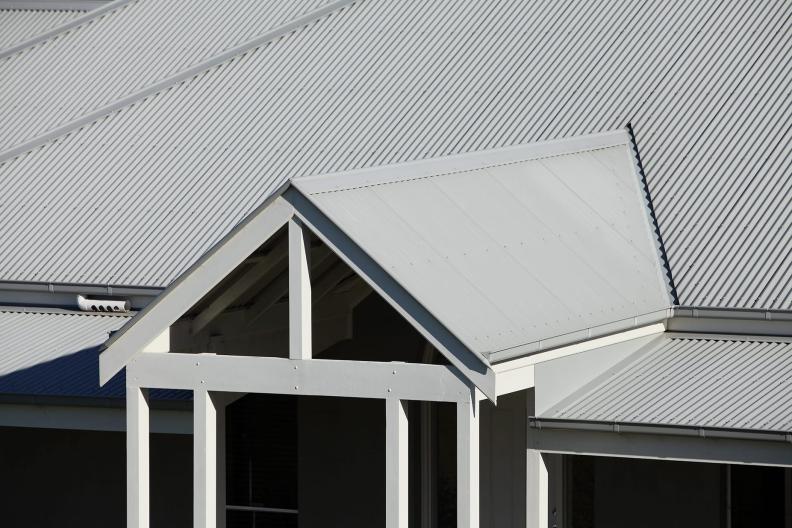
When the air in a building in contact with metal cladding is warmer than the cladding, water vapour (moisture) in the air can condense on the inside of the cladding.
Water vapour can generally pass freely through most building linings into the ceiling and wall spaces where it may directly contact the cladding.
Condensation can lead to deterioration of building components and staining of ceiling and walls. If insulation blankets or batts are wet, or even slightly dampened by condensation, its efficiency is reduced markedly.
The amount of condensation depends upon the amount of water vapour in the air and this varies with climatic conditions. Activities within a building can add substantially to the amount of water vapour, and typical domestic situations include bathing, showering, cooking, washing and drying clothes and dishes, and breathing. It is essential to vent substantial amounts of water vapour to outside the building.
To minimise the risk of condensation on the underside of roofing, a vapour barrier is often used to prevent contact of warm moist air with the roofing – reflective foil laminate is commonly used.
To minimise the risk of condensation on the underside of the laminate, the laminate must be draped between roof supports so that the cold cladding is not in contact with the laminate (except at the supports).

